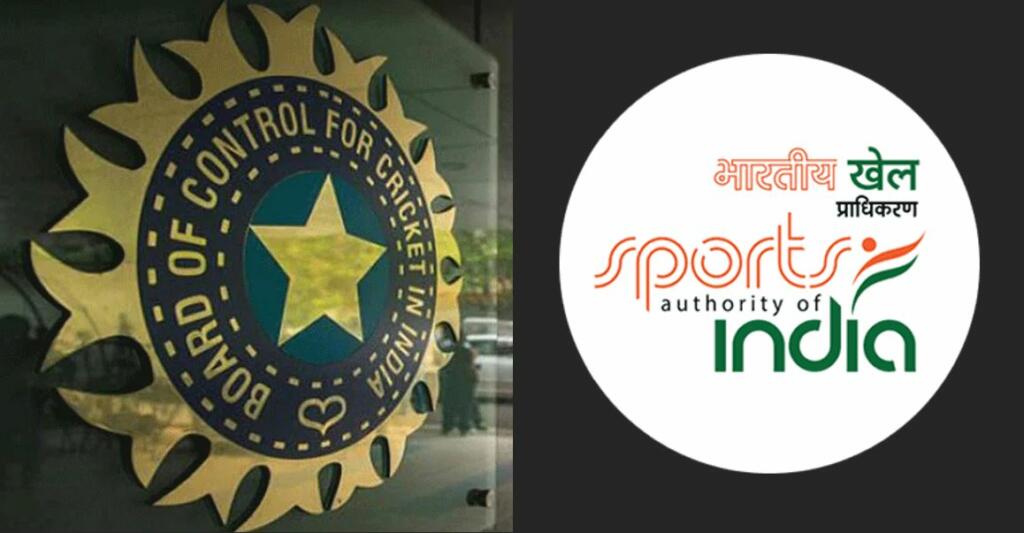India has many hopes with the contingent that is participating in Tokyo Olympics. Although the performance of the country was better than previous Olympics – in terms of participation and by the end probably in medals too – but it is far from satisfactory. The country has not been able to break into the top 50, and this gives the leadership of the country an issue to ponder upon.
The most successful sport in India – Cricket – is not part of the Olympic games. Similarly, sports like Kabaddi, Kho-kho are not part of the Olympics but that is altogether different debate. India must attempt to improve its performance at the Olympics, and for that, we need administrative reforms with a multipronged strategy.
The first should be commercialization of the Olympic sports at the Indian Premier League model, which democratized cricket in India. Commercialization attempts are already happening through Indian Super League (football), the Hockey India League (hockey), Premier Badminton League (badminton), the Pro Wrestling League (wrestling), the Ultimate Table Tennis League (table tennis), and the Pro Volleyball League (volleyball), but any of them are yet to achieve the success level of cricket.
The Pro Kabaddi League (kabaddi) is the commercialization attempt that became huge success but sadly it is not an Olympic sport. In almost every sport in which commercialization attempt has happened, the performance/participation of the country at international competitive events has increased. So, this is one area where the ball is already rolling and in the next few years, it will start showing results.
The second should be the removal of bureaucratic interference from 59 sports federations recognized by the Sports Authority of India (SAI). The corruption and incompetence of SAI is well-known and one of the reasons why BCCI is highly successful is that it is controlled/recognized by the bureaucratic organization under the Ministry of Sports.
If the government had set other sports federations free just like BCCI, they would better managed and produce better results than they are doing under blood-sucking bureaucrats.
The third step should be to focus on sports at a young age. The small towns from Northeast are producing sporting talent because there children free from ‘academic career’ pressure that children in cities face. India’s cities are the worst in the world at producing sports talent because the ecosystem in Indian cities is not conducive for sports.
Sportspersons from cities face a wide range of pressure, and therefore, despite being financially well-off and having access to better infrastructure/information, the children of cities of India continue to be laggard at sports.
The major reason behind the fact that China became a sports powerhouse in less than four decades is that the authorities there pick sporting talent at young age and train them for decades to ensure that they are among the best in the field in which they are participating.
The highest contingent of India, at this Olympics, is of 122 athletes while China has 406 athletes. China also has better athletes to medal ratio ranging from 4 to 5 per medal as compared to India which sends more than 100 athletes but never crosses double-digit in the number of medals. In Athletics, swimming, cycling – the highest-scoring sports in terms of medals – India has near-zero participation.
Until we strategically train our kids from a very young age in these high scoring sports, we would are not going to be a sports powerhouse.
A multi-pronged strategy must be deployed for success in sports – from commercialization to cutting down the bureaucracy, conducive environment, and investment in talents from early age. Then only we can become a sports powerhouse in the next few 10 or 20 years.
